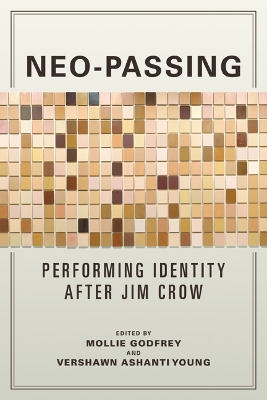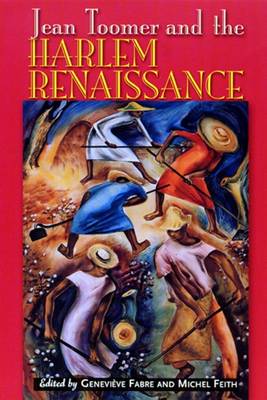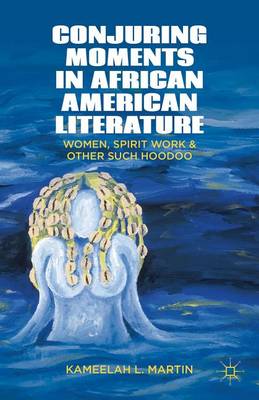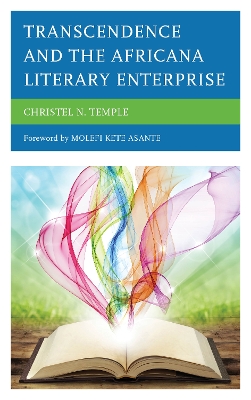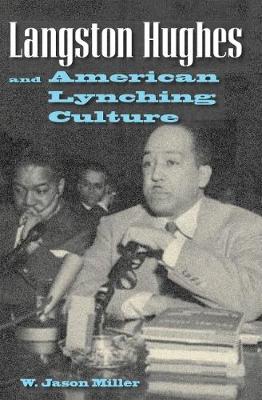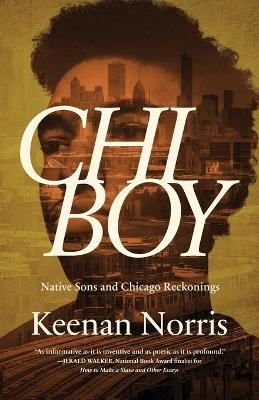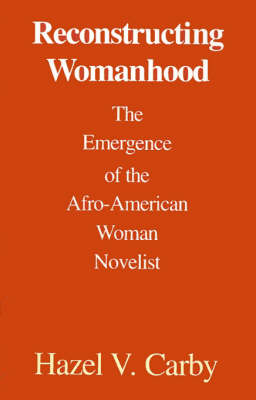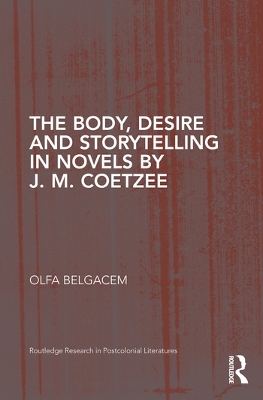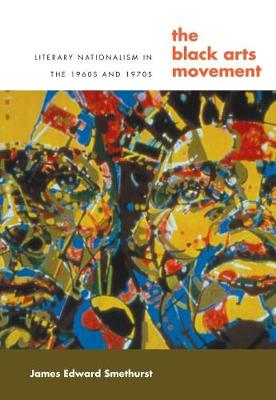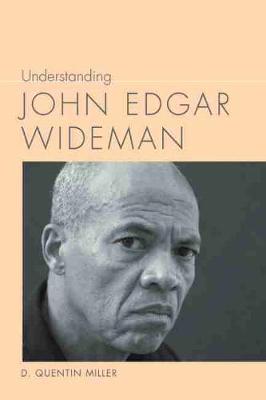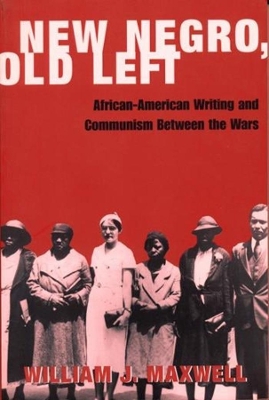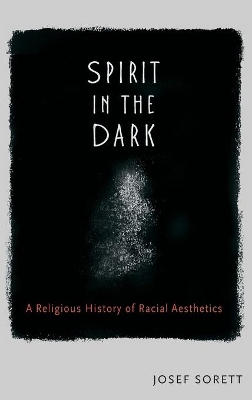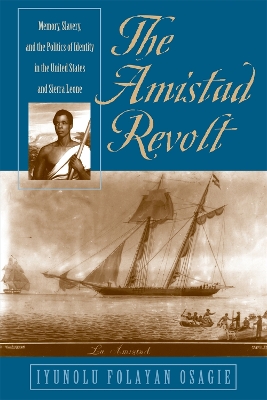In African American fiction, Richard Wright was one of the most significant and influential authors of the twentieth century. Richard Wright in a Post-Racial Imaginary analyses Wright's work in relation to contemporary racial and social issues, bringing voices of established and emergent Wright scholars into dialogue with each other. The essays in this volume show how Wright's best work asks central questions about national alienation as well as about international belonging and the trans-nati...
Neo-Passing
African Americans once passed as whites to escape the pains of racism. Today's neo-passing has pushed the old idea of passing in extraordinary new directions. A white author uses an Asian pen name; heterosexuals live "out" as gay; and, irony of ironies, whites try to pass as black. Mollie Godfrey and Vershawn Ashanti Young present essays that explore practices, performances, and texts of neo-passing in our supposedly postracial moment. The authors move from the postracial imagery of Angry Black...
The Presence of the Past in the Novels of Toni Morrison (American Studies - A Monograph, #231)
by Stefanie Mueller
Jean Toomer & Harlem Renaissance
Conjuring Moments in African American Literature: Women, Spirit Work, and Other Such Hoodoo
by Kameelah L Martin
Literature and Culture of the Chicago Renaissance
by Prof. Trevor Kerry and Jim Eggleston
The Chicago Renaissance has long been considered a less important literary movement for American modernism than the Harlem Renaissance. The Chicago Renaissance had its origin around the turn of the nineteenth century, from 1890 to 1910, gathered momentum in the 30s, and paved the way for the postmodern and postcolonial development in American literature even since. Yoshinobu Hakutani aims to shed light on this seldom studied, yet pivotal period, by studying some of it's most influential works an...
Transcendence and the Africana Literary Enterprise (Critical Africana Studies)
by Christel N Temple
Africana literary critic and cultural theory scholar, Christel N. Temple, whose groundbreaking books, Literary Pan-Africanism: History, Contexts, and Criticism (2005) and Literary Spaces: Introduction to Comparative Black Literature (2007), have been some of the most influential models of contemporary Africana Studies-based literary criticism, responds to the demand for a core disciplinary source that comprehensively defines and models literary praxis from the vantage point of Africana Studies....
Langston Hughes never knew of an America where lynching was absent from the cultural landscape. Jason Miller investigates the nearly three dozen poems written by Hughes on the subject of lynching to explore its varying effects on survivors, victims, and accomplices as they resisted, accepted, and executed this brutal form of sadistic torture. Starting from Hughes's life as a teenager during the Red Summer of 1919 and moving through the civil rights movement that took place toward the end of Hug...
This cultural history of nineteenth-century narratives of slave and free women traces the ways in which these writings began to resist dominant literary conventions and to offer the first alternative versions of black womanhood. Covering the period between the 1850s and the turn of the century, it depicts an era of intense cultural and political activity when Afro-American women first began to emerge as novelists. Why black women wrote novels, and what they thought novels could do, are among the...
Death-Bound-Subject (Post-Contemporary Interventions)
by Abdul R Janmohamed
During the 1940s, in response to the charge that his writing was filled with violence, Richard Wright replied that the manner came from the matter, that the "relationship of the American Negro to the American scene [was] essentially violent," and that he could deny neither the violence he had witnessed nor his own existence as a product of racial violence. Abdul R. JanMohamed provides extraordinary insight into Wright's position in this first study to explain the fundamental ideological and poli...
The Body, Desire and Storytelling in Novels by J. M. Coetzee (Routledge Research in Postcolonial Literatures)
by Olfa Belgacem
Asserting that Coetzee’s representation of the body as subject to dismemberment counters the colonial representation of the other’s body as exotic and erotically-charged, this study inspects the ambivalence pertaining to Coetzee’s embodied representation of the other and reveals the risks that come with such contrapuntal reiteration. Through the study of the narrative identity of the colonial other and her/his body’s representation, the book also unveils the author’s own authorial identity expos...
Kulturkontakt Und Racial Presences (American Studies - A Monograph, #126)
by Heike Paul
Emerging from a matrix of Old Left, black nationalist, and bohemian ideologies and institutions, African American artists and intellectuals in the 1960s coalesced to form the Black Arts Movement, the cultural wing of the Black Power Movement. In this comprehensive analysis, James Smethurst examines the formation of the Black Arts Movement and demonstrates how it deeply influenced the production and reception of literature and art in the United States through its negotiations of the ideological c...
Understanding John Edgar Wideman (Understanding Contemporary American Literature)
by D. Quentin Miller
Among the many gifted African American authors who emerged in the 1970s and 80s, John Edgar Wideman is one of the most challenging and innovative. His analytical mind can turn almost any topic into an intellectual adventure, whether it is playground basketball, the blues, the prison experience, father-son relationships, or the stories he lived or heard growing up in the impoverished section of Pittsburgh known as Homewood. In Understanding John Edgar Wideman, D. Quentin Miller offers a comprehen...
Howard "Stretch" Johnson, a charismatic Harlemite who graduated from Cotton Club dancer to Communist Party youth leader, once claimed that in late 1930s New York "75% of black cultural figures had Party membership or maintained regular meaningful contact with the Party." He stretched the truth, but barely. In a broad-ranging, revisionary account of the extensive relationship between African-American literary culture and Communism in the 1920s and 1930s, William J. Maxwell uncovers both black lit...
Bearing Witness to African American Literature (African American Life)
by Author Bernard W Bell
Many of the most important black intellectual movements of the second half of the twentieth century were perceived as secular, if not profane. When religion has figured into scholarly accounts of these moments, it has almost always appeared as tangential or inconsequential. In Spirit in the Dark, Josef Sorett upends this narrative by exploring the ways in which religion continued to animate and organize African American literary visions throughout the years between the New Negro Renaissance of t...
This study evaluates the relationship between popular art forms, the Amistad Revolt of 1839 and cultural movements, asserting that the Amistad case created a major shift in northern US attitudes toward slavery and played a key role in the construction of national identity in Sierra Leone.
George Lindbeck once characterized postliberalism, which received its initial structure from his book The Nature of Doctrine , as an attempt to recover pre-modern scriptural interpretation in contemporary form. In Lord, Giver of Life: Toward a Pneumatological Complement to George Lindbecks Theory of Doctrine , Jane Barter Moulaison explores the success of that effort through a close examination of Lindbecks own theological contributions. Taking seriously the ecumenical promises of Lindbecks writ...

